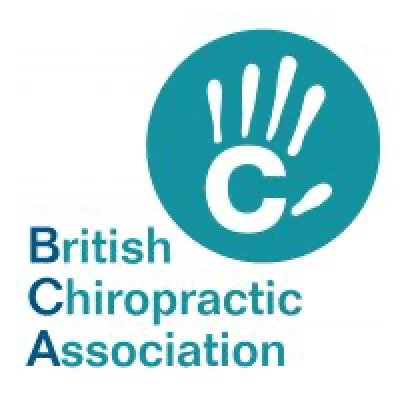The Modern Neck
We cannot discuss what is now deemed as the modern neck without considering how our lives have changed in the past few decades. With technology advancing and our use of technology increasing our bodies have changed and adapted alongside these progressions. Some of you may have heard of the term text neck, this is a new expression developed by an American chiropractor to describe the repeated stress and pain in the neck that has resulted from excessive use of handheld devices.
A person spends on average 3 hours and 23 minutes on their phone with this increasing to an average of 4 hours a day for those in their twenties. Imagine how much your legs would hurt if you attempted to hold a squat position for 4 hours. I know I would be struggling to walk the day after!
Not only are we spending more time on our phones, but most of our working day is spent on a laptop or computer. Although the position of the neck is slightly different when working at a desk to looking at a phone, the same muscular structures are stressed, pulled and shortened. If you are working on a computer for approximately 8 hours a day and then scrolling on your phone, that’s a whopping 11.5 hours spent stressing your neck!!!
So what does this modern neck look like and what structures are affected?

Flexing the head forward to use an electronic device firstly affects the spine. Tilting the head forward by just 15 degrees places about 27 pounds (12kg) force of the neck. When you take the head to a full 60 degrees of forward flexion (something I’m sure most of us wouldn’t like to admit we are guilty of) adds around 60 pounds (27kg) of force on the neck.
There is a reason we don’t go around lifting heavy objects using our necks. We simply are not designed to do it. So why are we adding this kind of stress on our necks?
As the head begins to tilt forward, the shoulders begin to round, hunching over increasing the curve of the thoracic spine. This is to try and alleviate some of this force placed on the top part of our spine (cervical spine). If you are having issues trying to visualise what this looks like, just imagine Quasimodo from the Hunch Back of Notre Dame.
But what affect does this have on our muscles?
Our upper traps, sub-occipitals and levator scapulae begin to tighten. These muscles are located at the top of our shoulders and up the neck, as do our pectoral muscles which can be found at the front of our shoulders. The muscles at the front of our necks (deep neck flexors) shorten and in turn become weak through not using them.
So how does this actually make us feel?
The most common symptom includes stiffness in the neck, which is characterised by difficulty moving the neck. It may also feel sore, particularly after using a device for a prolonged period. Pain may also be experienced in the muscles that are tightened, this is usually described as a dull aching sensation. Lastly you may experience headaches. The most likely muscle to cause the onset of these headaches is the sub-occipital muscle.
These are all short term effects that can become long standing issues. As we progress over time there can be a domino response which can lead to early onset arthritis, degeneration of the spine and with the sustained postural changes disc compression increasing the likelihood of disc herniation.
My top tips and hints for dealing with neck pain
- Manipulation of the neck with targeted soft tissue work…aka chiropractic care.
- Take regular breaks. Reduce screen time.
- Foam roller through the thoracic spine.Place the roller underneath your back and gently move the roller up and down your spine. Letting your body weight sink, to increase the curve in your thoracic spine.

- Neck strengthening exercises
Lie flat on your tummy resting your head onto your hands. Lift your chest and slowly nod your head. Repeat 20 times.

- Stretch out pecs
Stand in a doorway or window with one arm outstretched. Gently twist into the wall. You should feel the stretch through the front of your chest. Hold for 20-30s. Repeat on the other arm.

- Strengthen traps/ mid back
Tie a knot in the end of your resistance band and close in door. Squeezing shoulders together to contract the muscle. Keeping arm straight in a controlled movement bring arm down. Repeat 10-15 times on one side. Remember to do the other arm too.

If you would like more information on how to help neck and shoulder pain, please contact Kelly.
Read our next article “Which running trainers should I buy?” by Advanced Physiotherapist, Philippa Sawtell





















